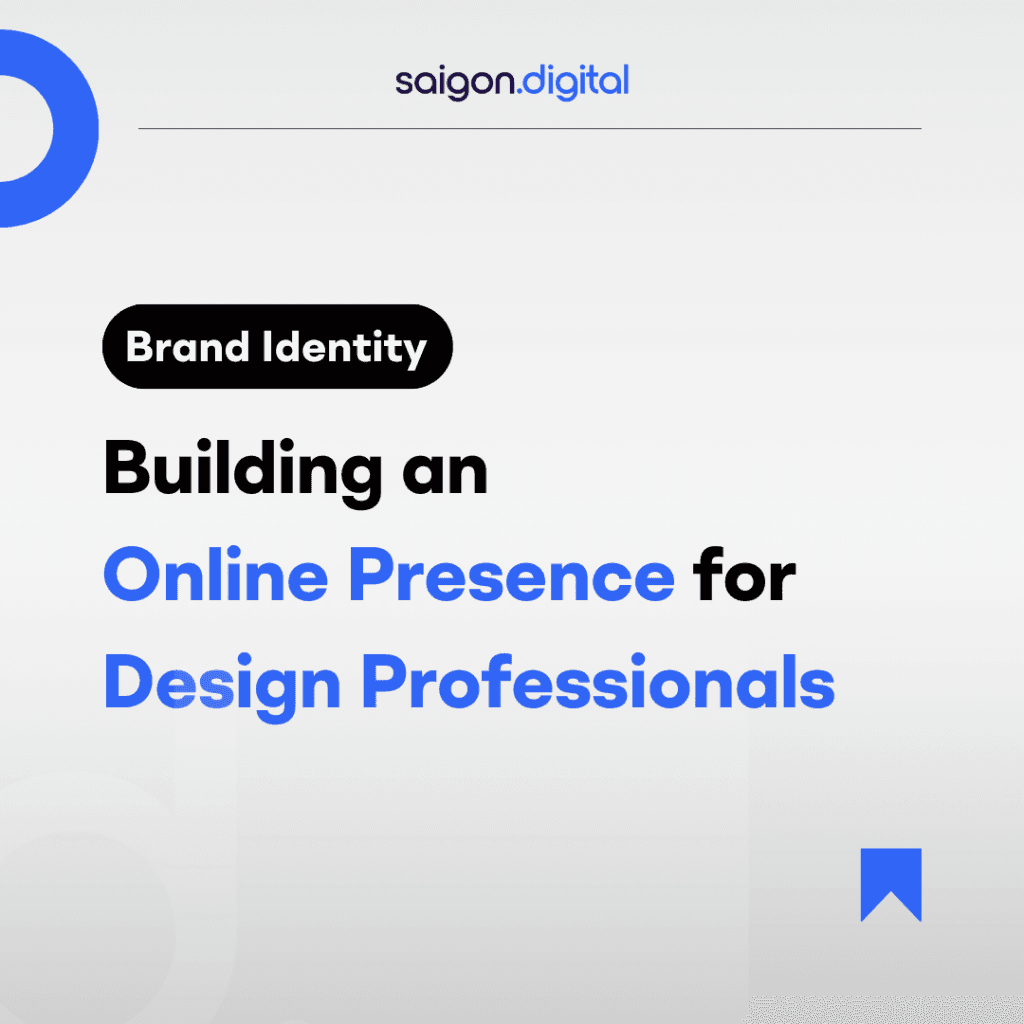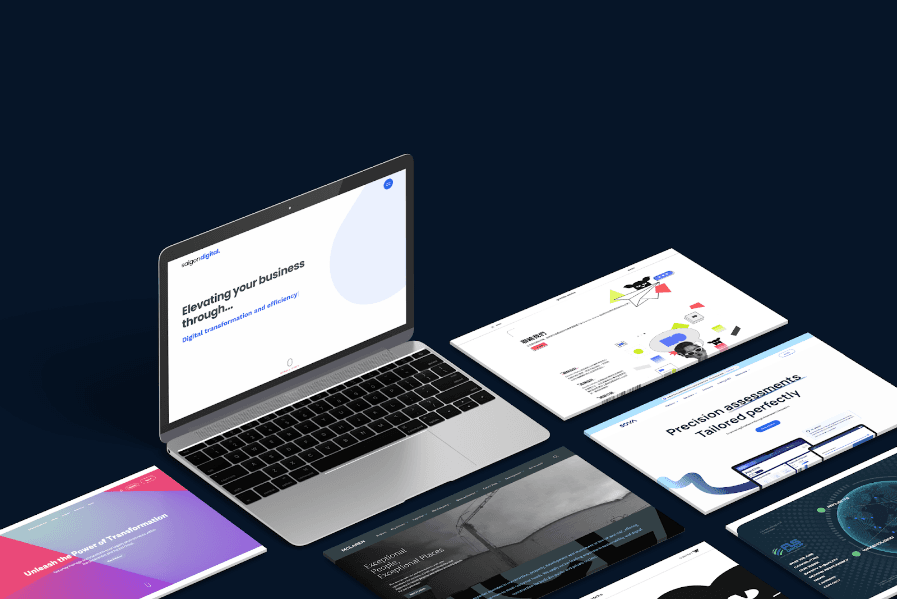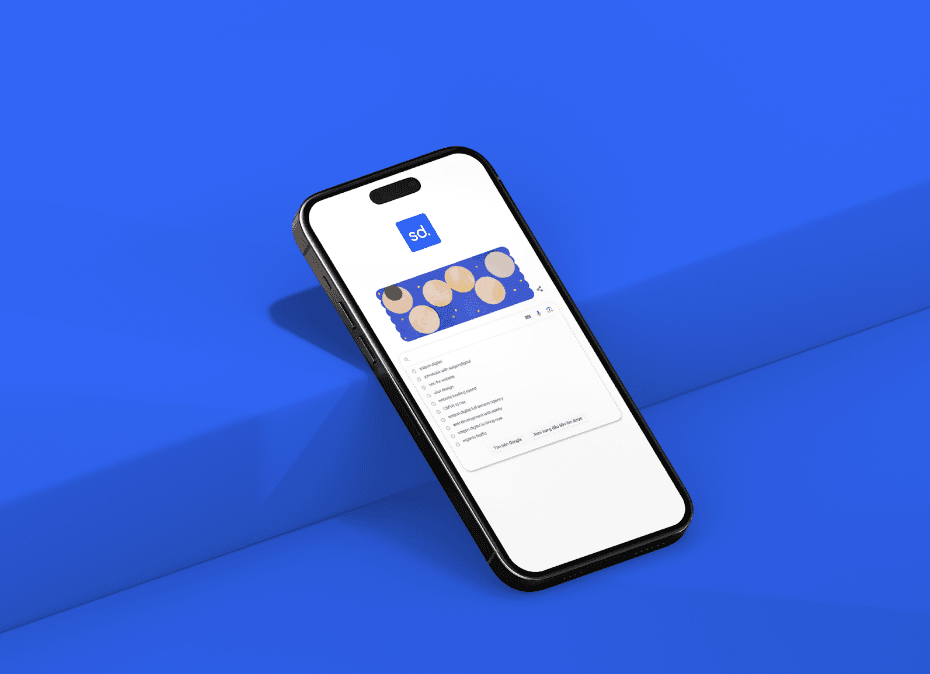In the digital realm, where visual aesthetics hold paramount importance, establishing a robust online presence as a design professional is not just beneficial—it's essential. The digital landscape is your canvas, and your online portfolio is the gallery where your work takes centre stage.

Creating a Visual Identity
1. Craft a unique brand image
Your online presence starts with a visual identity that speaks volumes about your design philosophy. It's about crafting a unique brand image that resonates with your target audience. Whether you're a graphic designer, an architect, or an interior decorator, your visual identity is the first touchpoint for potential clients and collaborators.2. Website design
Ensure your website design encapsulates the essence of your work with a colour palette, typography, and imagery that reflects your style.
Read more about colour psychology:Showcase Your Portfolio

1. Display high-quality images and detailed case studies
A well-curated portfolio is your chance to showcase your skills and past projects. High-quality images and detailedcase studiesshould narrate the story behind each project.2. Include interactive elements
Make it interactive; let your visitors experience the journey of your creative process. This can include before-and-after transformations, concept sketches, and the final product, providing insight into your problem-solving prowess.
Engagement through Content
1. Publish blog posts
Content is king, even in the design field. Whether it's through insightful blog posts about the latest trends, detailed case studies, or articles showcasing your leadership in the field, you can establish yourself as an expert.
Moreover, positive word-of-mouth holds significant sway. By incorporating a dedicated section for customer endorsements and reviews, you not only bolster credibility but also provide tangible evidence of your skills and professionalism.
Combining great content with happy customer stories can really make you stand out and draw in new clients who are looking for top-notch design services.
2. Share content on social media
This content can be shared across social media platforms, driving engagement and directing traffic back to your website. Incorporate multimedia elements like videos or interactive designs to make the content more engaging and shareable.
Social media platforms like Instagram and Pinterest are particularly beneficial for design professionals due to their visual focus. Regularly updating these platforms with your latest work, behind-the-scenes shots, or design inspirations can help you build a following and engage with the community.
SEO for Designers

1. Content Optimisation
Optimise your online content with relevant keywords that potential clients might use to find services like yours. This includes specific design disciplines, styles, and locations. SEO can significantly improve your visibility in search engine results, making it easier for clients to discover your portfolio.2. Responsive Design
Nowadays, everyone's glued to their phones, so it's super important that your online portfolio looks just as stunning on a tiny smartphone screen as it does on a big desktop monitor. Making sure anyone can enjoy your work smoothly, no matter what gadget they're using, is a must.
Call to Action
Finally, your online presence should always encourage visitors to take the next step. Whether it’s contacting you for a consultation or following you on social media, a clear call to action (CTA) is crucial.





